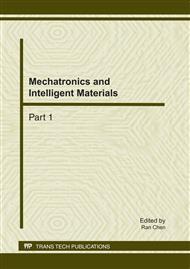p.1066
p.1072
p.1077
p.1082
p.1087
p.1091
p.1096
p.1100
p.1105
Effect of Fiber Surface Treatment on Interfacial Mechano-Electric Properties of Carbon Fiber Reinforced Concrete
Abstract:
The effect of carbon fiber surface treatment on interfacial mechano-electric properties of carbon fiber reinforced concrete is studied by single fiber pull-out testing. As-received carbon fiber is with poor surface polarity, and the fiber-matrix interface bonding strength is low. Surface treatment of the carbon fiber improves both the interfacial bonding strength and the interfacial ductility. The interfacial bonding force and interfacial resistance increased linearly with increasing displacement until the fiber-matrix debonding was completed. The superior interfacial mechanical properties can help improve the strain-sensing ability relates to the better repeatability and reliability. But the sensitivity decreases to some extent.
Info:
Periodical:
Pages:
1087-1090
Citation:
Online since:
February 2011
Authors:
Price:
Сopyright:
© 2011 Trans Tech Publications Ltd. All Rights Reserved
Share:
Citation:


